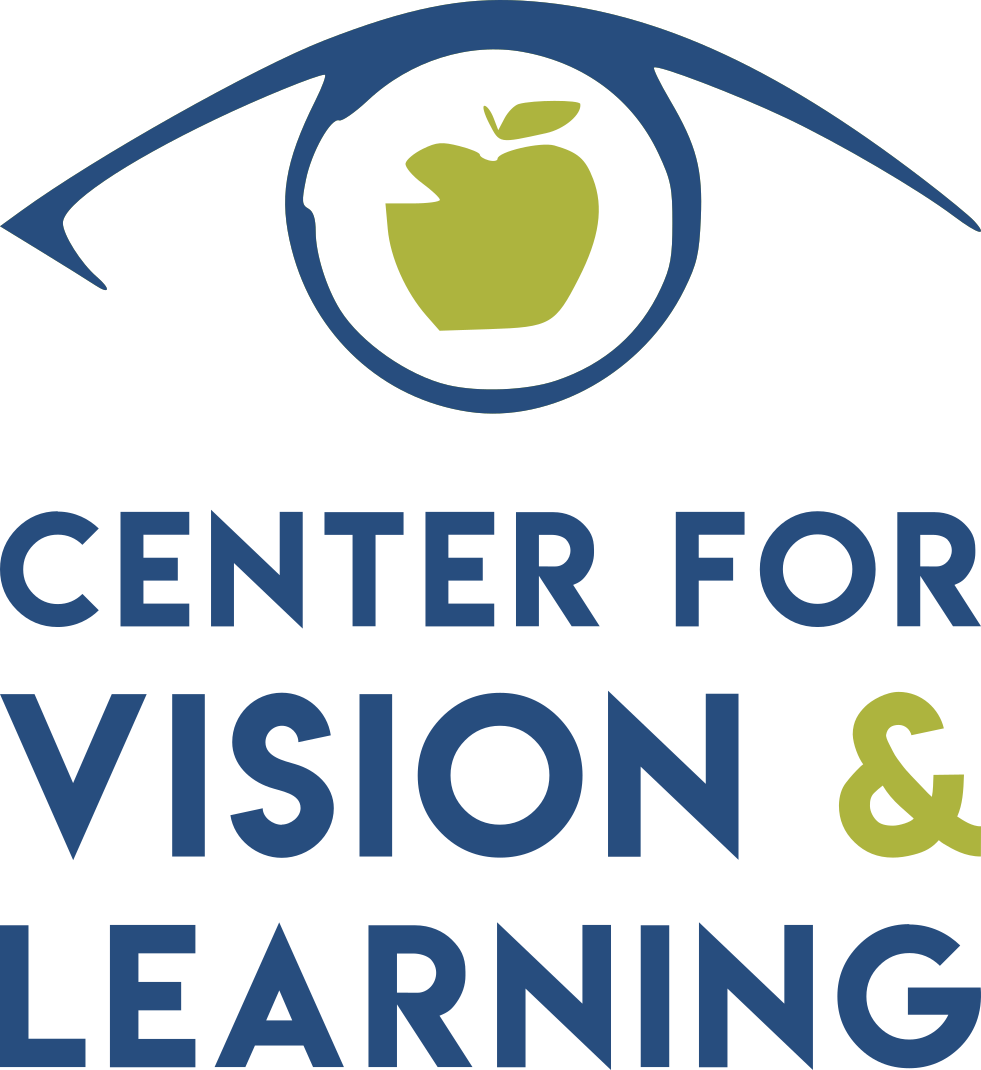REHABILITATION
visual complaints after head injury
Strokes are the most common cause of visual impairment in adults. Up to 25% of stroke patients have vision loss. Additionally, we are seeing more and more adult head injury patients from seemingly mild concussions to major traumatic events.
At the Center for Vision & Learning, we can evaluate and treat the visual changes that occur from traumatic brain injuries. Some of these symptoms include:
Loss of peripheral vision
Double vision
Disorientation
Light sensitivity
Difficulty with motion and balance
Headaches
Strain from near work or computer work
Difficulty with fluorescent lights
Loss of visual memory or other visual processing
Difficulty with depth perception
Visual neglect
Our examination process for anyone who has had a traumatic brain injury begins with a comprehensive eye examination to look for damage to the eye itself. Beyond that, we will look at how the eyes are moving and working together, as well as peripheral vision. Due to the intensity of the testing, we usually break out testing into two separate sessions for patient comfort.
Neuro-Optometric Rehabilitation
There are many ways to treat visual complaints after injury, and we do our best to do a thorough examination in order to determine the best plan of care for each person. Rehabilitation may include any combination of prescription glasses, syntonic phototherapy, or in-office therapy.
Prism lenses can be very helpful, especially for dizzy patients. We use technology known as a Visual Evoked Potential (VEP) to determine what lenses might benefit the brain-injured patient. Additionally, lens tints may be considered for light sensitivity and other symptoms.
Syntonic Phototherapy is another treatment option for patients. Syntonic phototherapy allows the right frequency of light to enter the eye, ultimately allowing the nervous system to properly process that light. During times of trauma or stress, the visual system may shut down and compress the amount of information it takes in (similar to looking through a tube rather than a panoramic view). After syntonic phototherapy treatment, patients can see, focus and read better. To learn more, look through the journal articles on our research page.
Neuro-optometric therapy can be helpful to remediate the visual symptoms from head injury or developmental delays. At our office, we provide a regimen of in-office and home therapy to meet the needs of our patients. Individual instruction with one of our vision therapists can help you to get back to work, school and regular life! Learn more by visiting our vision therapy page.

